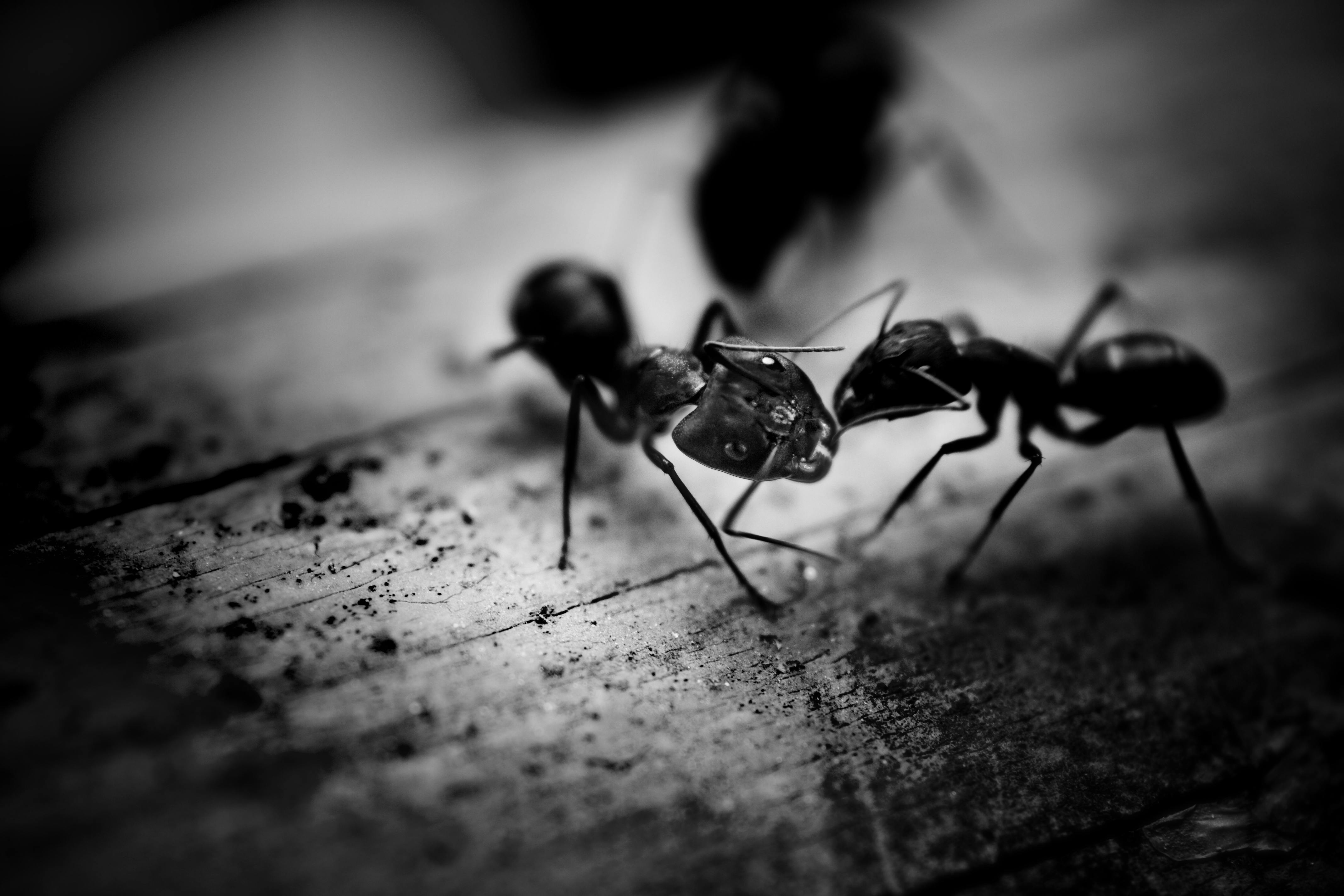Inside the Intricate World of Ant Farms: A Microcosm of Fascination and Learning
In the vast universe of animal keeping, there exists a world that is often overlooked yet teems with intrigue and vital ecological lessons. Welcome to the intricate world of ant farms, an enthralling microcosm that offers a fascinating window into the social structure, behaviors, and survival strategies of ants.

A Brief History of Ant Farms and Their Global Appeal
The concept of ant farms, also known as formicariums, dates back to the early 20th century. It was the brainchild of Charles Janet, a French entomologist, who designed the first formicarium in 1900 to study ant behaviors closely. However, it was Uncle Milton’s Ant Farm, first sold in 1956 in the United States, that popularized these miniature ecosystems worldwide.
In recent years, ant farms have gained a resurgence in popularity, particularly among children and educators. They serve as an engaging educational tool, fostering a hands-on learning environment that encourages observation, patience, and understanding of complex ecosystems.
The Latest in Ant Farm Innovations
The 21st century has seen a revolution in ant farm designs, moving away from traditional sand-filled plastic farms to intricate, gel-based ecosystems. These new-age ant farms utilize a nutrient-rich gel that not only provides a medium for the ants to dig but also serves as a food source.
Moreover, the market has seen the introduction of 3D printed ant farms, offering a customizable and eco-friendly solution. These innovations have not only enhanced the aesthetics and longevity of ant farms but have also made ant keeping more accessible and exciting for enthusiasts.
The Economics of Ant Farming
Getting started in the world of ant farming is relatively inexpensive. Basic ant farm kits, including the ants, can range anywhere from $15 to $40. More elaborate setups with advanced features can cost upwards of $100. The ant farm industry, although niche, contributes to the broader pet industry’s multi-billion dollar market, providing a unique segment for hobbyists and animal lovers.
The Educational and Ecological Significance of Ant Farms
Beyond their recreational appeal, ant farms have significant educational and ecological value. They offer a real-world representation of social structure, teamwork, resource management, and survival strategies among ants. These lessons can be invaluable, particularly for children, instilling in them a sense of respect and fascination for the natural world.
Moreover, ant farms can play a crucial role in promoting conservation efforts. By providing a glimpse into the complex world of ants, they can encourage a greater appreciation for these often overlooked creatures and their vital role in our ecosystems.
The Future of Ant Farms
With ongoing advancements in technology and design, the future of ant farms seems promising. From virtual reality ant farms to genetic studies using ant colonies, the potential for innovation is immense. While they may be a small segment of the pet industry, ant farms continue to captivate, educate, and inspire, offering a unique window into the fascinating world of ants.
In conclusion, ant farms offer much more than a simple pastime. They serve as an educational tool, a conservation ally, and a source of endless fascination. As we continue to innovate and explore this intricate world, who knows what new insights and discoveries lie ahead?





